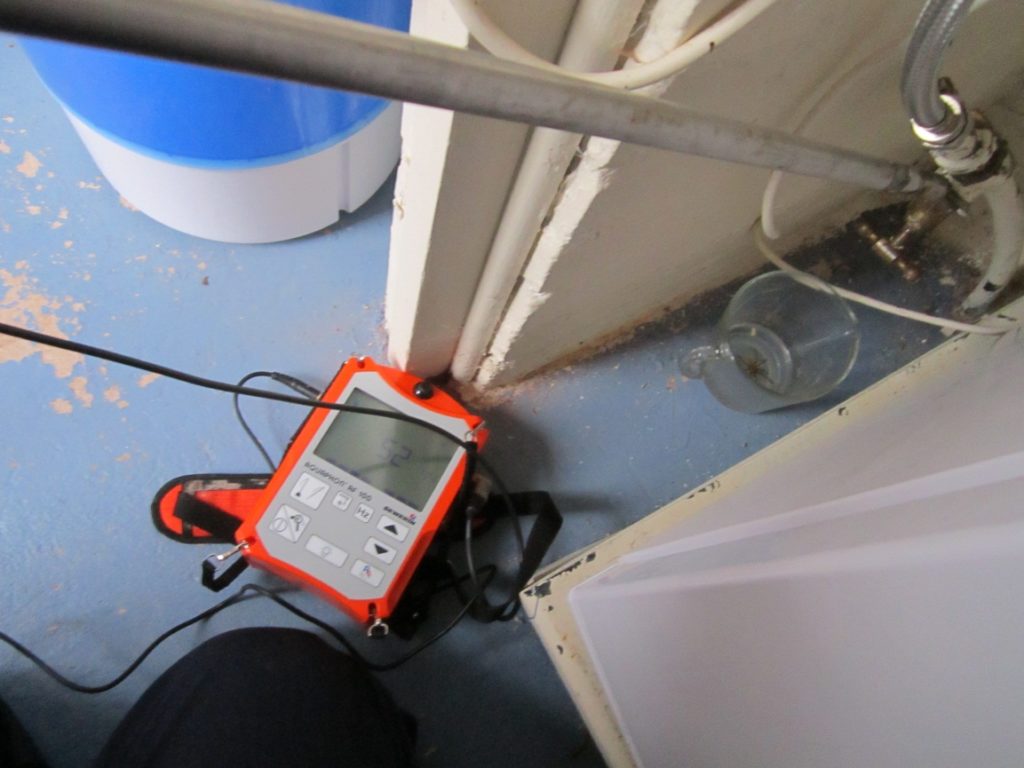News
New Plan For Water Firms To Achieve Net Zero CO2 Emissions
The water industry is the first sector in the UK to pledge to achieve a carbon zero future by the year 2030, with a new plan launched by water companies across England to help them deliver this goal.
The plan will detail how the industry intends to achieve this over the next ten years, WWT Online reports, important given that the water sector is the fourth most energy intensive industry in this country, contributing approximately five million tonnes of greenhouse gas emissions annually.
Action is already ongoing on in this regard, with water suppliers implementing numerous programmes and initiatives. These include making use of water leak detection services to build on a reduction in leakage of a third since the 90s. Companies have committed to triple the reduction rate by 2030, which will reduce the amount of carbon and energy the sector uses significantly.
Chief executive of Anglian Water Peter Simpson commented: “This vital project will help us find the technologies and processes we will need to help us become carbon zero. We’ve made great strides in recent years reducing both operational and embedded carbon, but we don’t have all the answers. So, bringing in outside expertise to help us reach this target is essential.
“The water industry is committed to playing a leading role in decarbonising our economy and while achieving net zero carbon for the sector by 2030 is an extremely challenging task there is huge conviction, enthusiasm and passion from across the sector to ensure we achieve it.”
The sector also led on a national move towards refilling water bottles instead of buying bottled water. Along with City to Sea, it has helped push through an increase in the number of free refill stations from 1,500 in 2017 to approximately 26,000 now.
And it intends to plant 11 million trees around the UK by 2030 on some 6,000 hectares of land in order to help restore original woodland and improve natural habitats, which can also help to provide carbon capture.
Businesses can also do their bit to help reduce the amount of pressure being put on water supplies and assist water companies when it comes to protecting our natural resources.
They too can make detecting leaks and repairing pipework a priority and there are numerous ways in which this can be achieved. Look for leaking toilets, bad smells from drains, damp on walls, cracks and spots on ceilings, the sound of dripping water and peeling or bubbling paintwork, as these are all signs of water leaks.
But you may find it more effective to bring in professional help so you can tackle the issue quickly, with methods including the use of ground microphones, leak noise correlation and tracer gas techniques. If you’d like to find out more, get in touch with the H2o Building Services team today.
